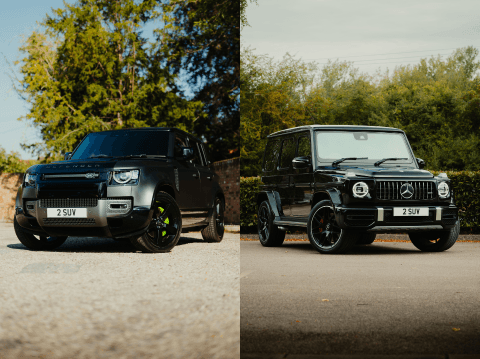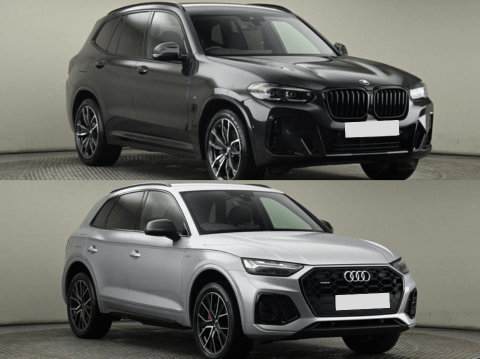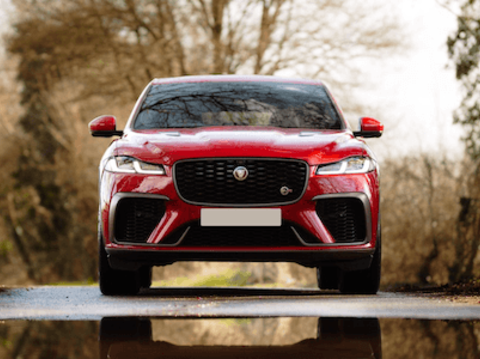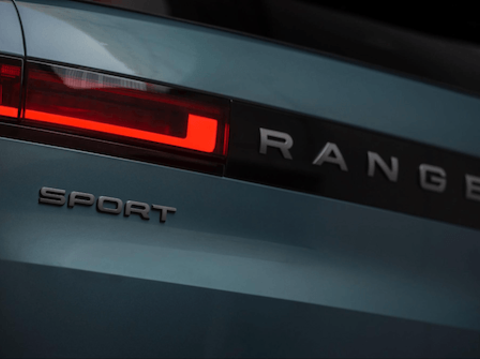BMW M3 Competition Vs Mercedes-AMG C63 S
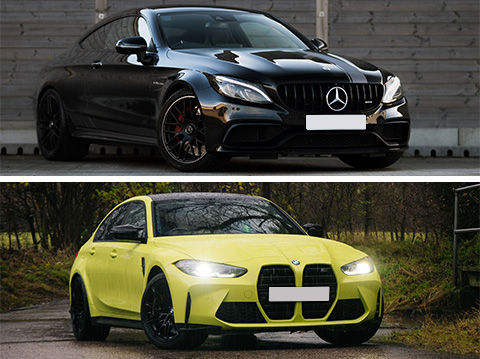
The BMW M3 Competition and the Mercedes-AMG C63 S are two of the most well-regarded performance saloons available. Both offer strong performance, advanced technology, and the practicality of a four-door layout. This comparison looks at their key differences in power, handling, efficiency, and practicality to help determine which might be the better choice.
Performance & Power
The BMW M3 Competition M xDrive Saloon is powered by a 3.0-litre TwinPower Turbo six-cylinder engine, producing 530 hp (390 kW) and 650 Nm of torque. Power is distributed to all four wheels via an 8-speed automatic transmission, allowing the car to accelerate from 0-62 mph in 3.5 seconds. The top speed is electronically limited to 155 mph.
The Mercedes-AMG C63 S has a different approach, using a hybrid-assisted 2.0-litre four-cylinder engine. The petrol engine produces 476 hp, but the addition of an electric motor increases total output to 680 hp. It also delivers a significantly higher 1,020 Nm of torque, helping it achieve 0-60 mph in 3.4 seconds.
The C63 S has more power and torque, but the M3 Competition offers a traditional six-cylinder petrol engine, which some drivers may prefer for its character.
Driving Dynamics & Handling
The BMW M3 Competition features xDrive all-wheel drive, improving traction and stability. However, it also allows the driver to switch to a rear-wheel-drive mode, offering more dynamic handling when required. The car has well-tuned steering and an adaptive suspension system that keeps it composed through corners.
The Mercedes-AMG C63 S also has all-wheel drive, providing good traction in various conditions. However, the hybrid system adds extra weight, which can slightly affect agility. While the C63 S remains fast in a straight line, the additional weight can make it feel less sharp in corners compared to the M3.
The M3 Competition provides better agility and a more responsive steering feel, while the C63 S benefits from strong straight-line performance.
Efficiency & Emissions
The hybrid-assisted C63 S has a fuel economy rating of 38.7 mpg and CO₂ emissions of 167 g/km, making it more efficient than the petrol-only M3. The BMW returns 27.7-28 mpg and emits 230-227 g/km of CO₂.
The Mercedes-AMG C63 S is more fuel-efficient and has lower emissions due to its hybrid system.
Practicality & Interior Space
The BMW M3 Competition offers a 480-litre boot, which is larger than the C63 S’s 280-litre capacity. This makes the M3 more suitable for carrying luggage or larger loads.
In terms of dimensions, the M3 measures 4,801 mm in length, 1,903 mm in width, and 1,438 mm in height. The C63 S is slightly longer at 4,842 mm, but narrower at 1,900 mm.
Both cars have well-built interiors with digital displays, sports seats, and premium materials. The C63 S focuses on luxury, whereas the M3 prioritises a driver-centric layout.
The M3 Competition offers more boot space and a practical interior, making it the better choice for carrying luggage.
Final Comparison
- Performance: The Mercedes-AMG C63 S has a higher total power output and more torque, making it slightly quicker in a straight line.
- Driving Dynamics: The BMW M3 Competition provides more precise handling and a more engaging driving experience, particularly with its rear-wheel-drive mode.
- Efficiency: The Mercedes-AMG C63 S is more fuel-efficient and produces lower emissions, making it the better option for running costs.
- Practicality: The BMW M3 Competition offers a larger boot, which makes it more suitable for carrying luggage or equipment.
The BMW M3 Competition is suited to those who enjoy precise handling, a traditional six-cylinder engine, and a practical boot space. The Mercedes-AMG C63 S offers more power, improved efficiency, and a focus on straight-line performance. The best choice depends on individual priorities—whether that is traditional driving feel or modern hybrid technology.

